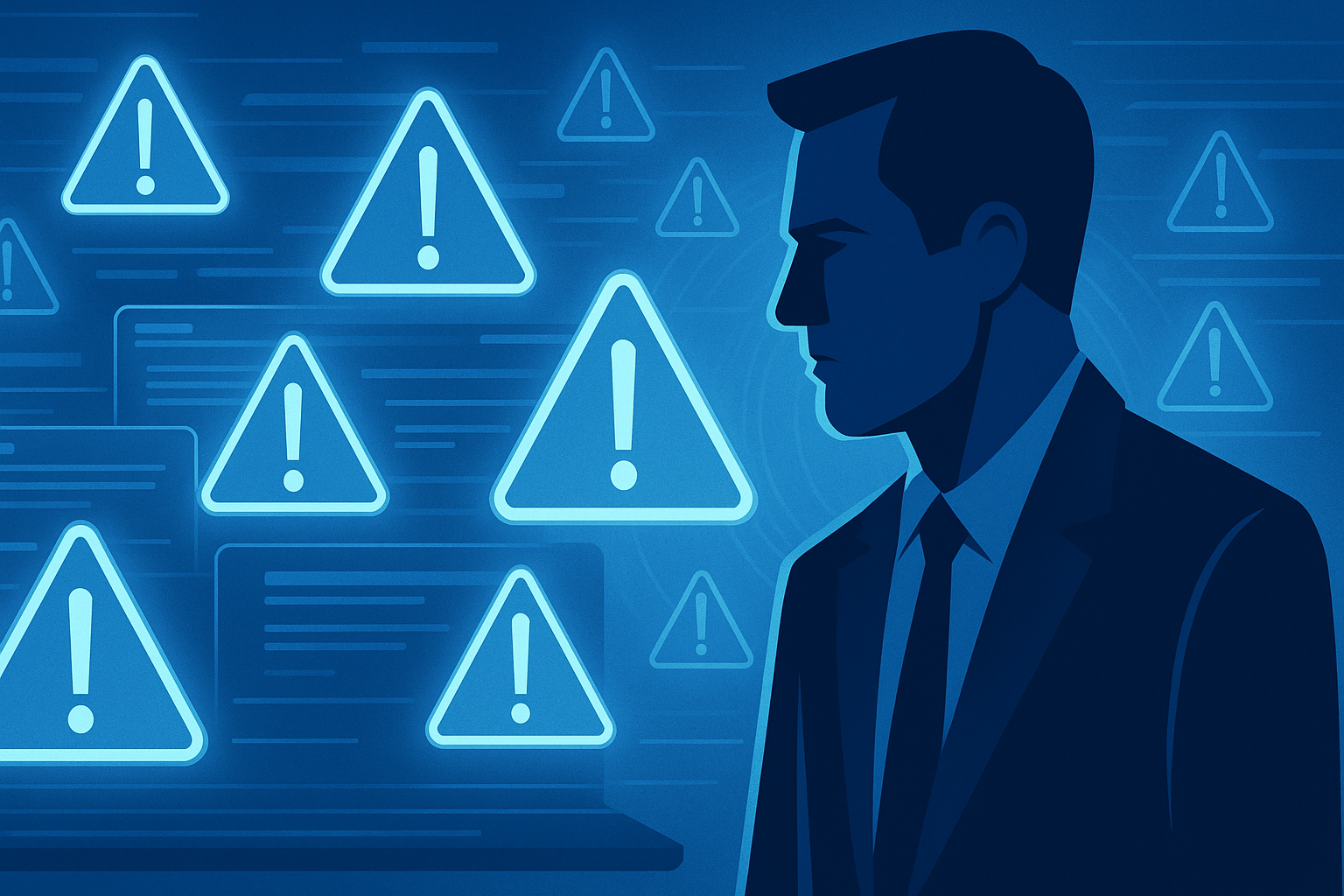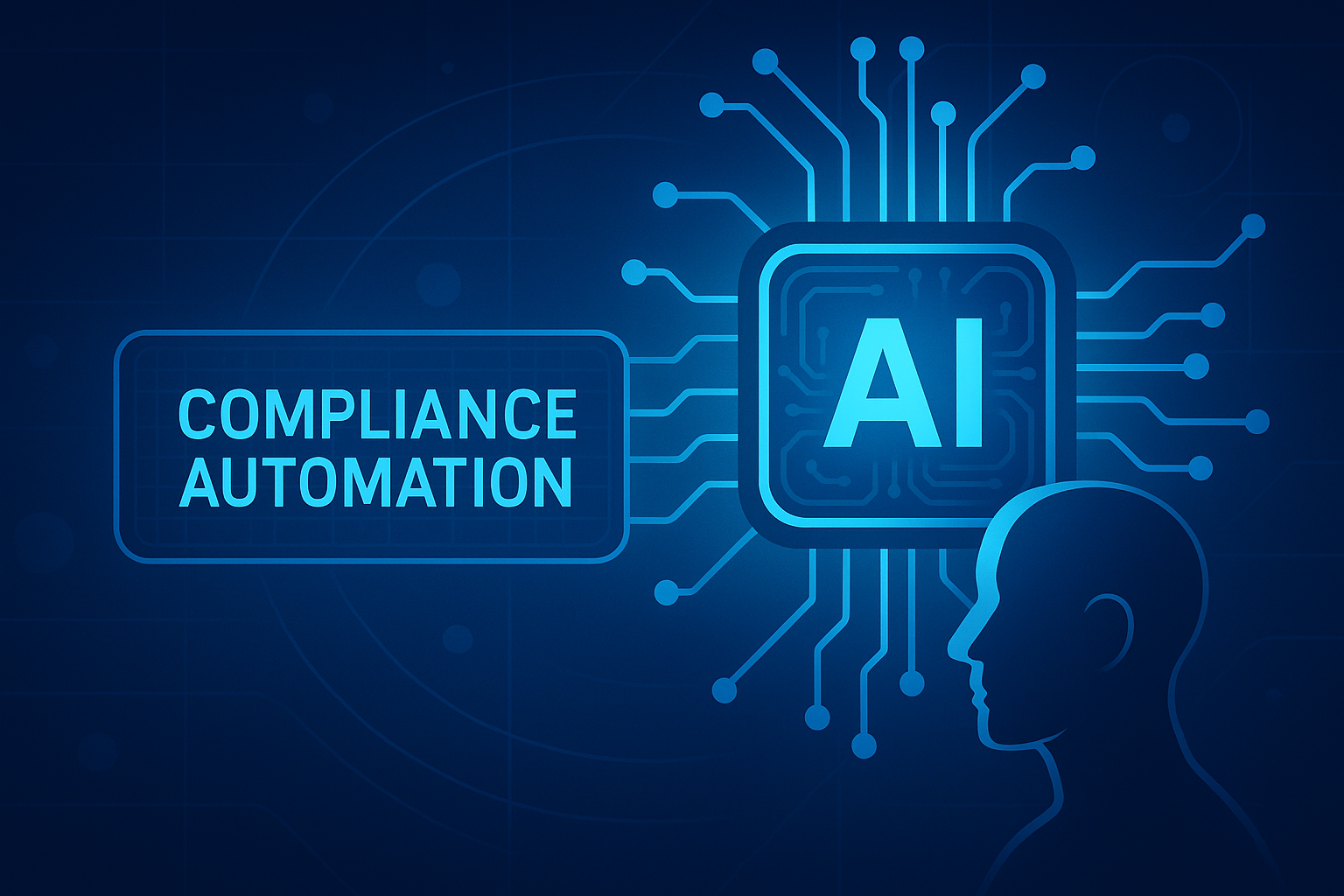Financial services firms have often been at the forefront of security since the inception of the first Chief Information Security Officer (CISO) in the 1980s. Why? For the same reason people rob a bank - they are where the money is. The financial sector has historically been an epicenter for cyber attacks. The byproduct of securing a society’s currency is a consistent aversion to unnecessary risk, which has resulted in a longstanding delay in adopting new technologies, leaving the financial services industry open for disruption by smaller players in the long term.
With the announcement of the new SEC cyber regulations, increased transparency and reporting will now be required from all relevant businesses. The new rules set a precedent for financial institutions as they come face to face with cyber in finance. From reimagining products and services around customer-centricity to developing new business models to meet customer behavior, banks, and financial institutions have gone from laggards in the digital transformation front to potential leaders. Here we will dive into three ways these organizations are leading digital transformation in banking and financial services.
Shifting Perspectives on Cyber Risk
When faced with smaller organizations capable of shouldering larger amounts of risk to achieve business goals, enterprise-level financial institutions have had to take a hard look at their perspectives on risk as a whole. A defining element in the conversations we are seeing is how a large enterprise that is relied upon in the financial markets can manage the same amount of risk as a smaller company that is not as relied upon by the ecosystem at large.
Risk managers and officers are reengineering their risk appetite statements and devoting new resources to innovation groups dedicated to furthering the organization’s digital transformation journey. While these innovation groups are often operating in a microcosm to develop and refine these new digital technologies into a cohesive experience, we see companies digitize much faster as a result.
Transforming Processes
A key element of digital transformation within financial services institutions has been the rapid evolution of processes, especially as it relates to IT and cyber risk. Given that these two groups are often at the forefront of digital strategy, they must be appropriately calibrated and enabled to execute the business strategy.
- Agile Development: McKinsey has acknowledged that over the last decade, executives have gained a greater understanding of digital product development, mainly in part thanks to the Agile Development Framework. For the past several years, Agile has been applied to many business units beyond development, but with it has come a greater understanding and predictability of digital product delivery.
- Risk-based Approaches to Compliance: The financial services sector is one of the most regulated industries in the world related to cybersecurity. With new regulations emerging almost quarterly, financial services enterprises have seen the need to get off their heels and onto their toes regarding risk and compliance. The first step is shifting from a focus on checkbox compliance to a risk-based approach to compliance. Specifically, looking to the emergence of frameworks such as the Financial Services Sector Profile that take a risk-based approach to compliance.
- Integration and De-Siloing: The integration of risk and compliance teams is not the only step financial institutions are taking to integrate and de-silo their organizations. With the rise of so much new digital technology, information security leaders have had to acknowledge the increase in risk-decision makers when it comes to the adoption of new technologies. The integration of teams and the de-siloing of information have been critical for financial institutions to embrace digital transformation.
Embracing New Technologies
People and business processes are too often sidelined when talking about digital transformation. Although, as we saw in the previous section, they are often the precursors necessary for successful digital transformation initiatives. Technology, though, is often the hallmark and the essential element of digital transformation.
- Automation & AI: AI and machine learning are often seen as the bedrock forms of digital transformation-enabling technology. From the ability to process terabytes of consumer data to automating risk and compliance assessments, as financial institutions embrace digital transformation, we often see the introduction of either homegrown or third-party AI into the tech stack.
- Cloud Technology: Cloud technology and financial services are the forced marriage of the pandemic. In many of our conversations, we heard about an aversion to cloud tech from financial institutions. Then the pandemic hit. As digital transformation has escalated to a top priority in the Boardroom, many financial institutions had to turn to cloud providers and technology as a means of supporting their initiatives. However, that is not to say their concerns are unfounded. These organizations need to have strong vendor risk programs to help ensure their applications’ security on their vendors’ cloud.
CyberSaint offers a unique partnership with IBM Security Cloud and Compliance Center to streamline third and fourth-party risk management. Learn more about our unique approach here.
Embrace Digital Transformation or Lose
The digital era is upon us. Be prepared for digital transformation in this critical sector by ensuring your organization is not spending precious time on menial, manual efforts where automation can accomplish it in half the time. CyberStrong is saving enterprise organizations millions of dollars by automating risk and compliance assessments and transforming risk programs. If you’d like to learn more, schedule a demo or access our webinar on the subject here.





.png)
.png)
.png)
%201.png)
.png)




